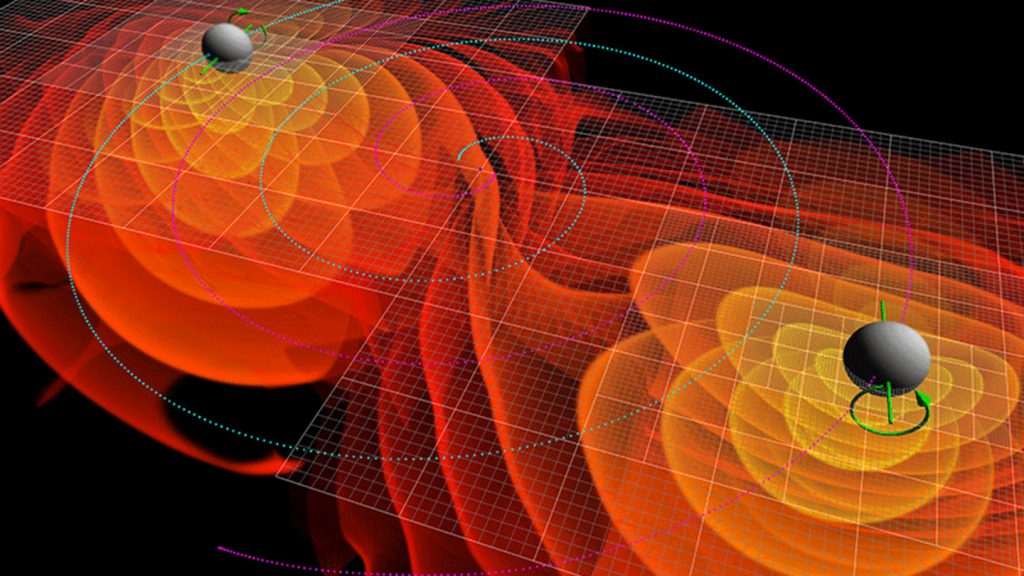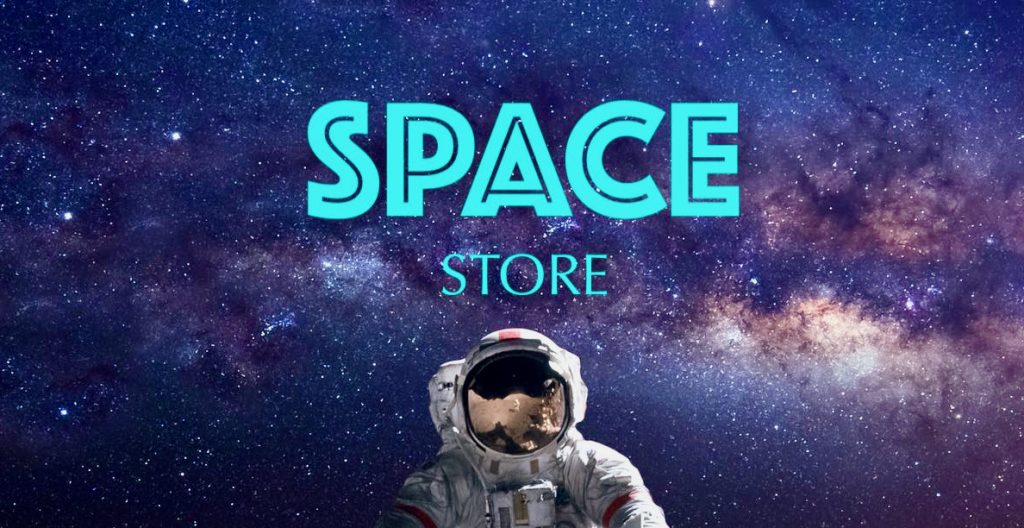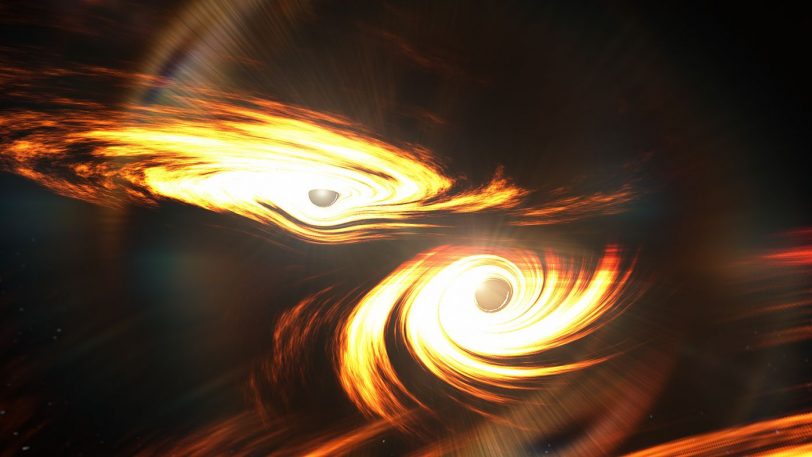Signals buried deep in gravitational wave observatories’ data point to a collision of two black holes that were clearly born in different places.
Almost all of the spacetime ripples observed by experiments such as the Laser Interferometer Gravitational-Wave Observatory, or LIGO, are caused by collisions between black holes and neutron stars that are most likely close relatives (SN: 1/21/21). They were once pairs of stars that were born at the same time and in the same place before collapsing to form orbiting black holes or neutron stars in old age.

A newly noted marriage of black holes, discovered in existing data from the US-based LIGO and its Italian sister observatory Virgo, appears to be of an unrelated pair. Researchers report in a paper in press at Physical Review D that evidence for this comes from how they spun as they merged into one. As they orbit each other, black holes born in the same location tend to have their spins aligned, similar to a pair of toy tops spinning on a table. However, there is no correlation between their respective spins and orbits in this case, implying that they were born in different places.
“This is telling us we’ve finally found a pair of black holes that must come from the non-grow-old-and-die-together channel,” says Seth Olsen, a physicist at Princeton University.
Previous gravitational wave observations
have revealed holes merging that aren’t perfectly aligned, but most are close enough to strongly imply family connections. The new detection, which Olsen and colleagues discovered by sifting through data made public by the LIGO-Virgo collaboration, is unique. One of the black holes is effectively spinning upside down.
That can’t happen unless the two black holes originate in different places. They most likely met late in their stellar lives, as opposed to the black hole littermates who appear to make up the majority of gravitational wave observations.
In addition to the merger of unrelated black holes,
Olsen and his colleagues discovered nine other black hole mergers that had escaped detection in previous LIGO-Virgo studies (SN: 8/4/21).
“This is actually the nice thing about this type of analysis,” says LIGO scientific collaboration spokesperson Patrick Brady, a physicist at the University of Wisconsin–Milwaukee who was not affiliated with the new study. “We deliver the data in a format that can be used by other people and then [they] will have access to try out new techniques.”
To compile so many new signals
in data that had already been gone over by other researchers, Olsen’s group lowered the analytical bar a little.
“Out of the 10 new ones,” Olsen says, “there are about three of them, statistically, that probably come from noise,” rather than being definitive black hole merger detections. Assuming that the merger of black hole strangers is not one of the errant signals, it almost certainly tells a story of black hole histories distinct from the others seen so far.
“It would be [extremely] unlikely for this to come from two black holes that have been together for their whole lifespan,” Olsen says. “This must have been a capture. That’s cool because we’re finally able to start probing that region of the [black hole] population.”
Brady notes that “we don’t understand the theory [of black hole mergers] well enough to be able to confidently predict all of these types of things.” However, the recent research could point to new and exciting opportunities in gravitational wave astronomy. “Let’s follow this clue to see if it really is reflecting something rare,” he says. “Or if not, well, we’ll learn other things.”
READ MORE: For The First Time, NASA Witnesses Black Hole Giving Birth To Stars






